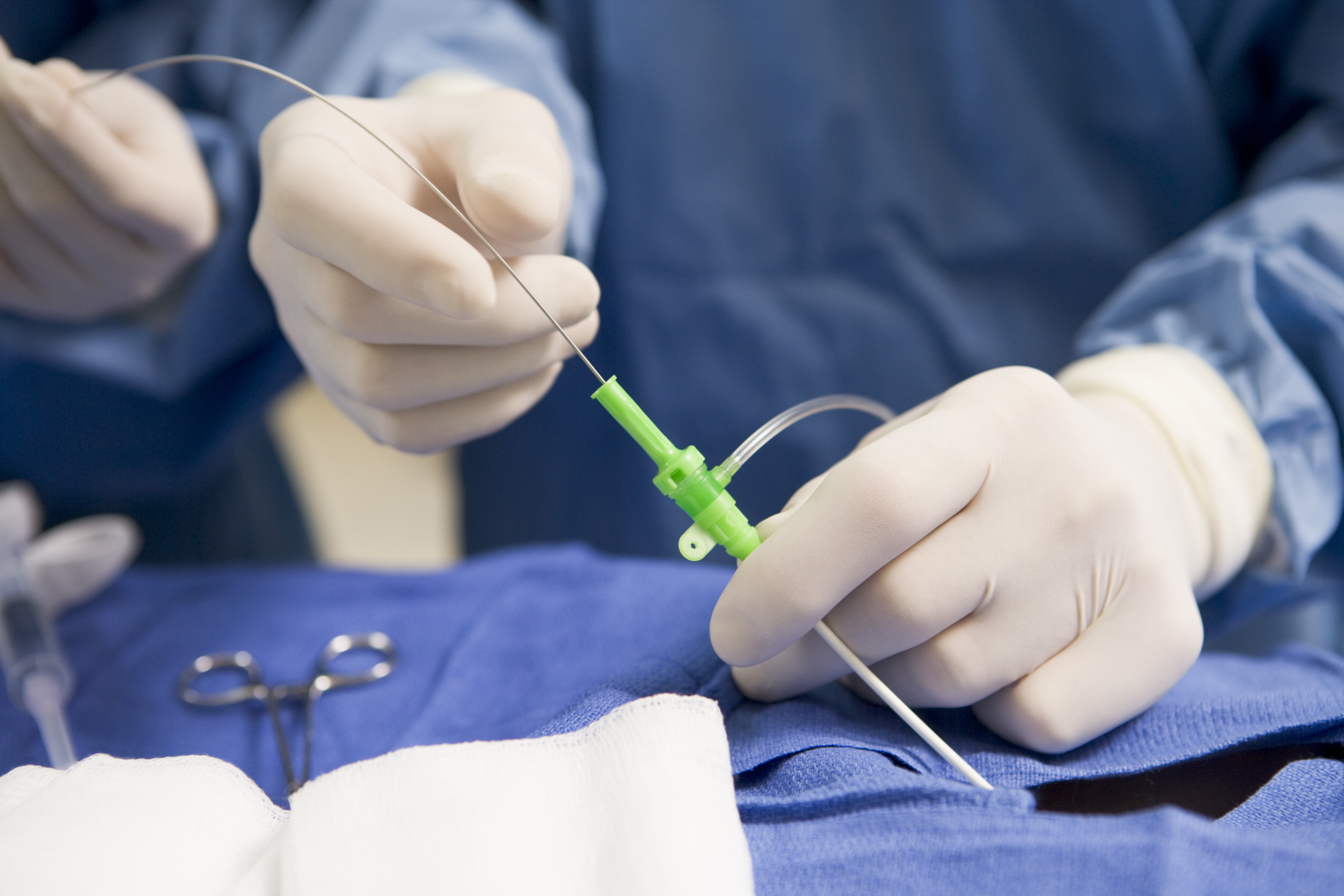According to a new study published in The New England Journal of Medicine (NEJM) based on a 10-year follow-up STICH trial, no association was found between myocardial viability as a long-term survival benefit of CABG in patients with ischemic cardiomyopathy.
The term “myocardial viability” refers to the myocardial cells that are alive after a myocardial injury from the standpoint of cellular, metabolic, and contractile functionality. From a clinical perspective, it can be defined as left ventricular myocardial contractile function without tissue necrosis, expected to be improved and with avoidance of any remodeling after the restoration of blood flow.
A prospective, randomized, multicenter, non-blinded STICH (Surgical Treatment for Ischemic Heart Failure) clinical trial with a 10-year follow-up, sponsored by NHLBI was conducted including 1212 patients of coronary artery disease (CAD) with left ventricular ejection fraction (LVEF) of </=35%. Later on, a prospective myocardial viability sub-study was conducted on 601 patients from STICH trial who were randomly assigned in 1:1 to either undergo both CABG and medical therapy or medical therapy alone. Myocardial viability in patients was assessed by either single-photon-emission tomography (SPECT), dobutamine echocardiography, or both within 90 days before or after randomization and before initiation of therapy. In 318 patients, LVEF was measured at baseline and after 4 months of follow-up. The primary end-point was death from any cause. Secondary end-points were death from cardiovascular causes and a composite of death from any cause or hospitalization for cardiovascular causes.
Results of the study showed that patients who underwent both CABG and medical therapy had lower incidence of death from any cause than those who received medical therapy alone (182 deaths among 298 patients in the CABG group vs. 209 deaths among 303 patients in the medical-therapy group; adjusted hazard ratio, 0.73; 95% CI: 0.60 – 0.90). Furthermore, no significant association was found between the presence or absence of myocardial viability & CABG plus medical therapy over medical therapy alone (P = 0.34 for association). Irrespective of the treatment assignment, improved LVEF was associated with viable myocardium, with no association between LVEF and subsequent death.
A total of 391 patients (65%) died during a median follow-up period of 10.4 years. No statistically significant difference was found in the overall incidence of death between the patients with viable myocardium (313 of 487 patients [64%]) and those without viable myocardium (78 of 114 patients [68%]) (hazard ratio, 0.81; 95% CI: 0.63 – 1.03; P = 0.09), even after adjustment for other relevant prognostic variables (P = 0.64). Also, no statistically significant association was found between improvement in LVEF at 4 months and subsequent survival and between myocardial viability and changes in LVEF concerning death from any cause or death from cardiovascular causes.
Few of the possible limitations of this study include assessment of only half of the STICH trial patients for myocardial viability, absence of biased association between inclusion in the sub-study and treatment assignment, earlier assessment of LVEF during first 4 months out of 10-years follow-up period, and finally, the lack of use of cardiac magnetic resonance imaging for the assessment of myocardial viability & scarring.




